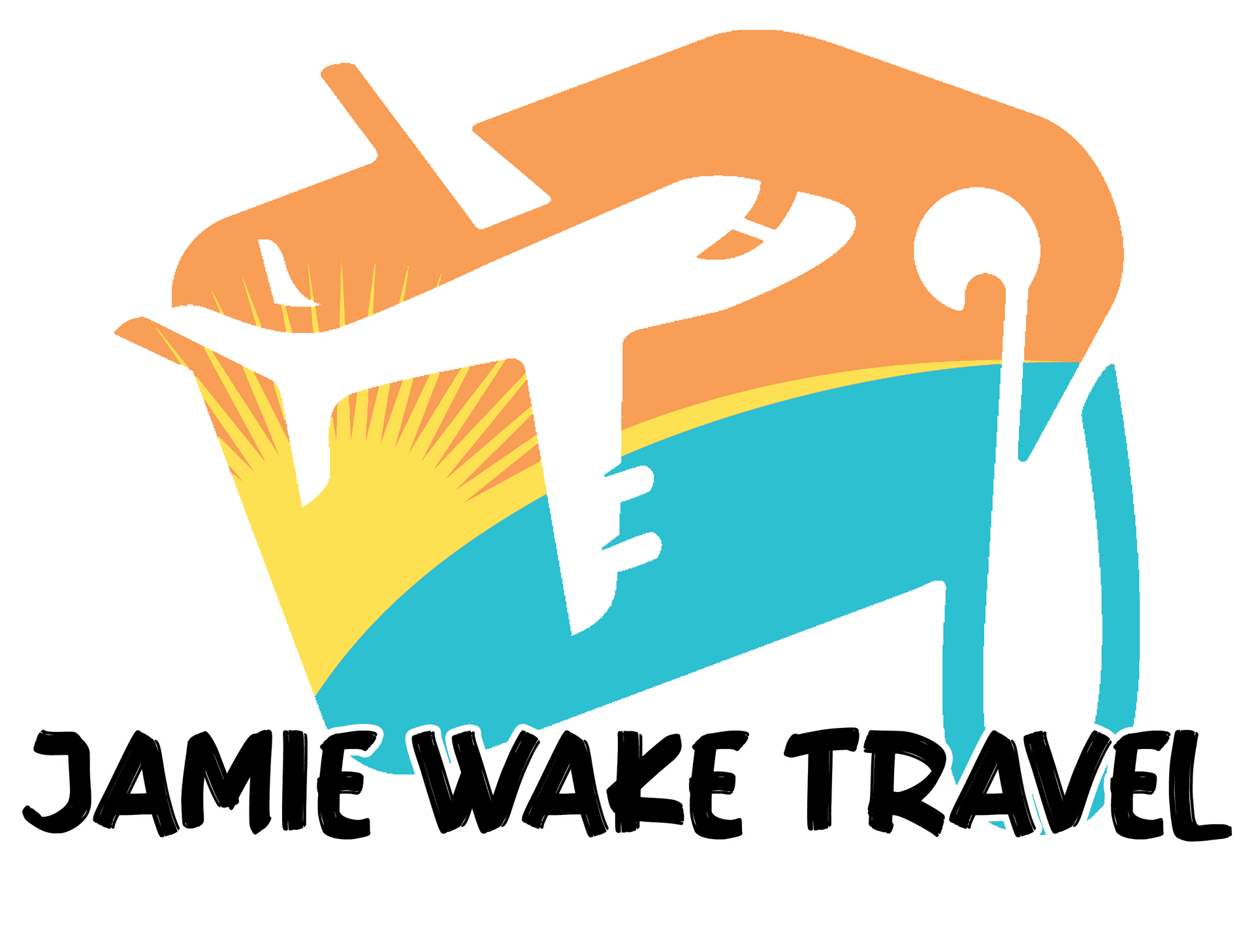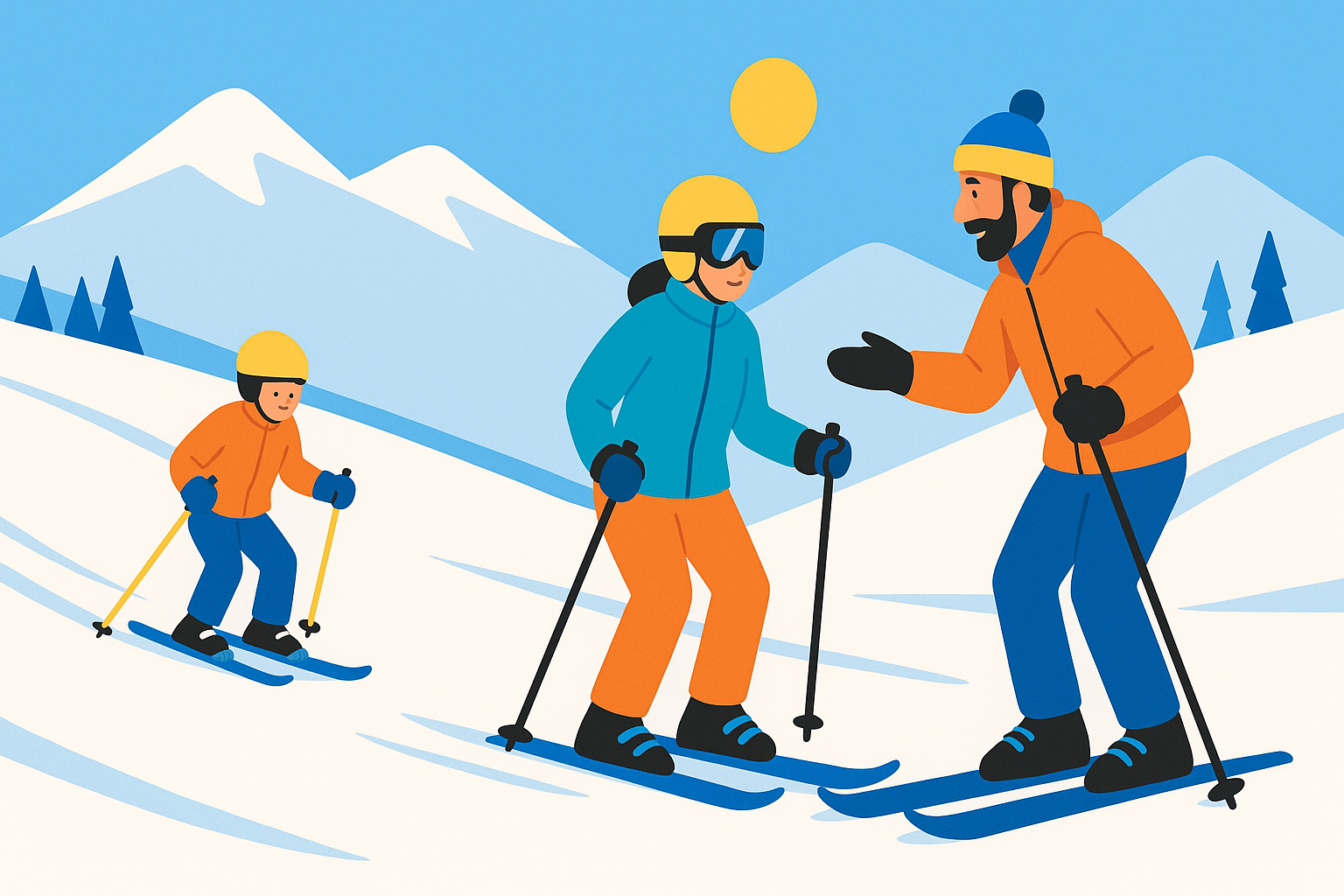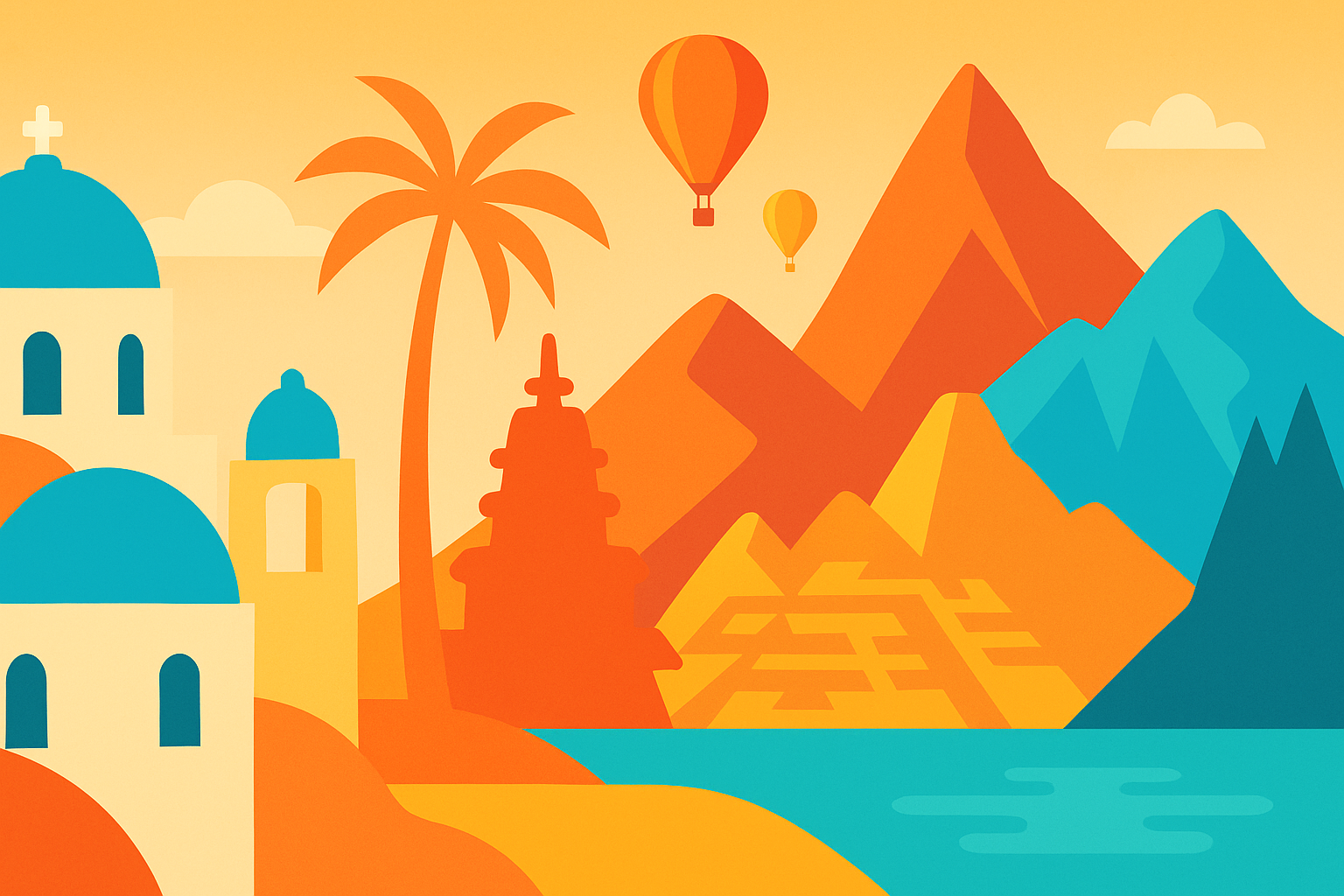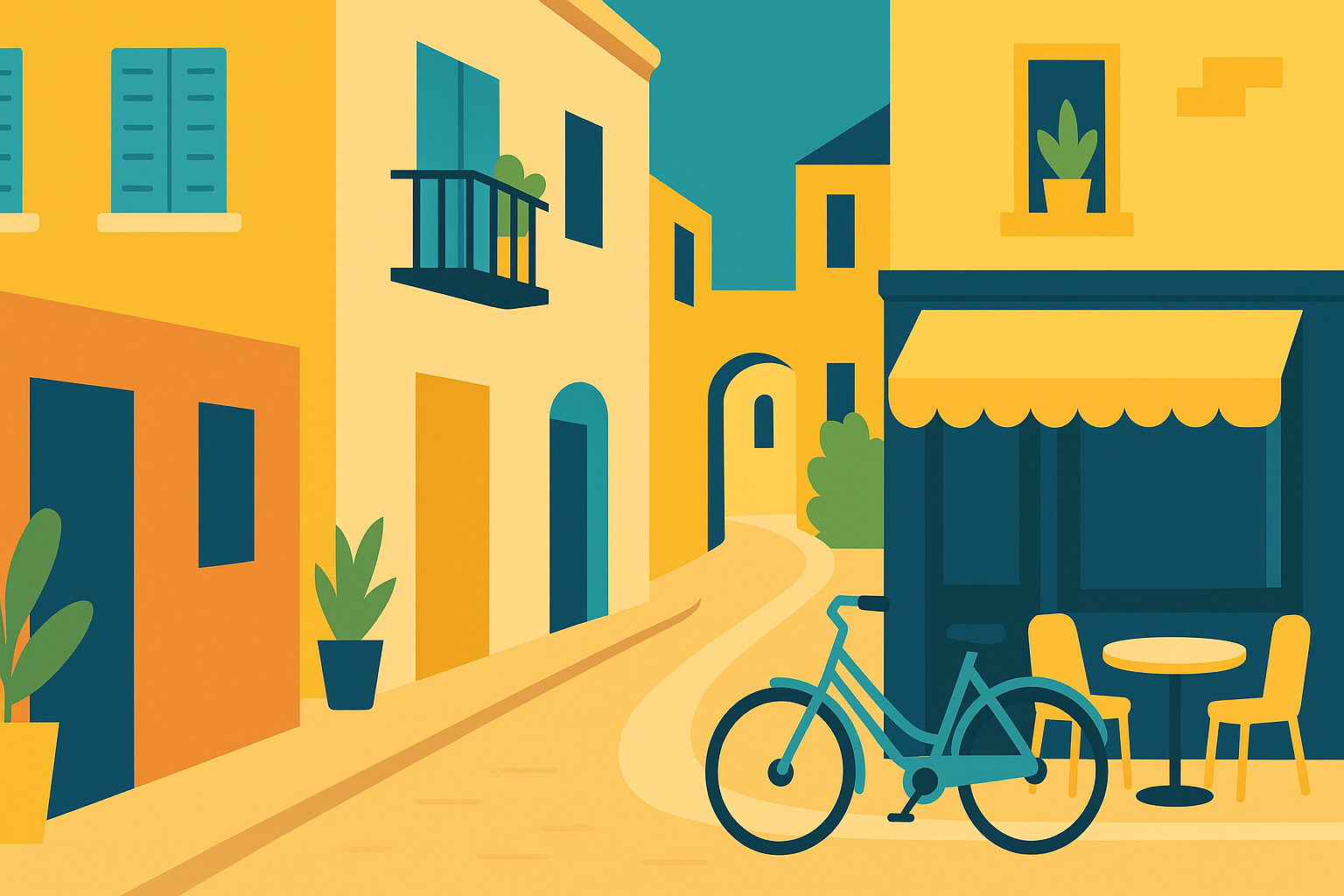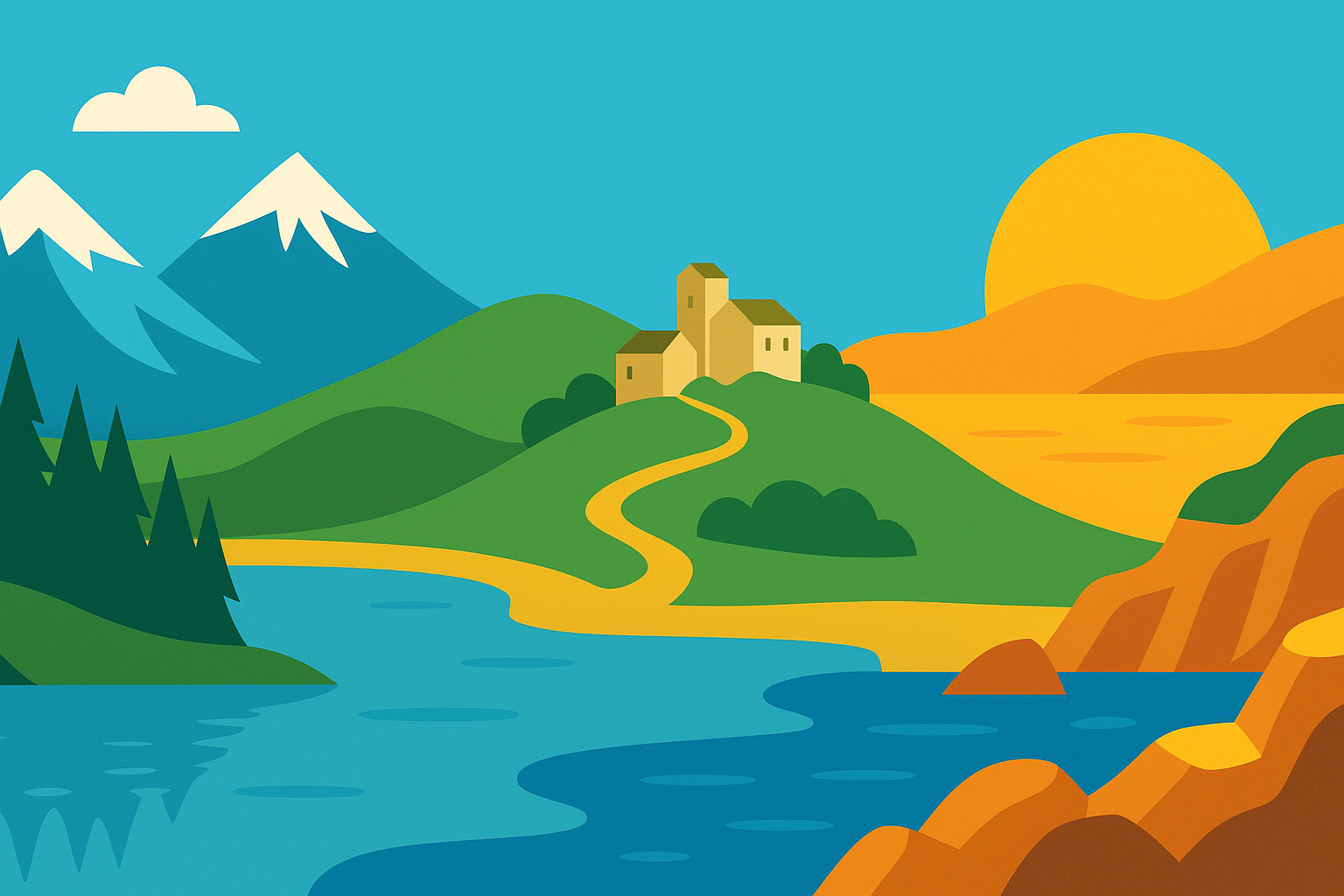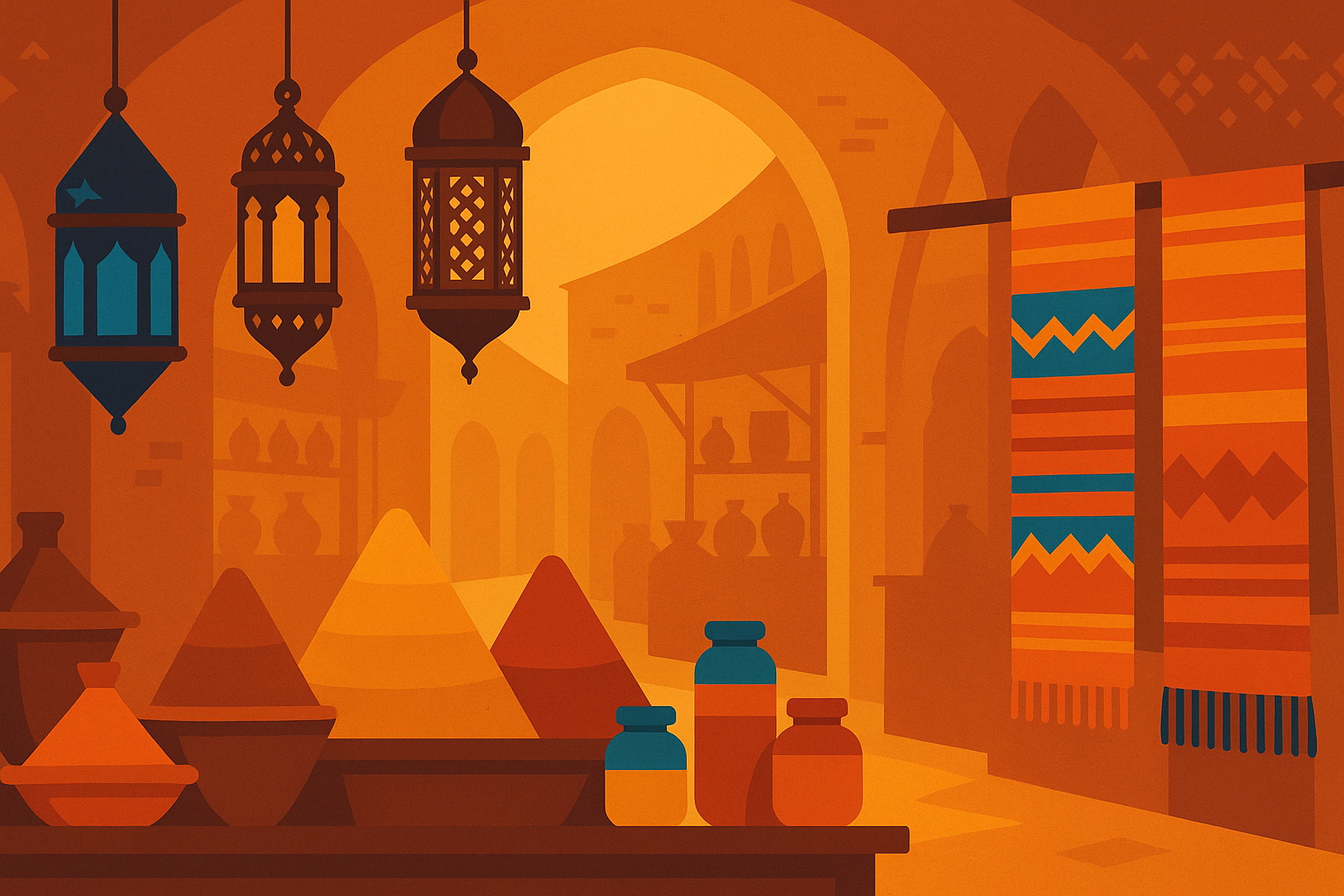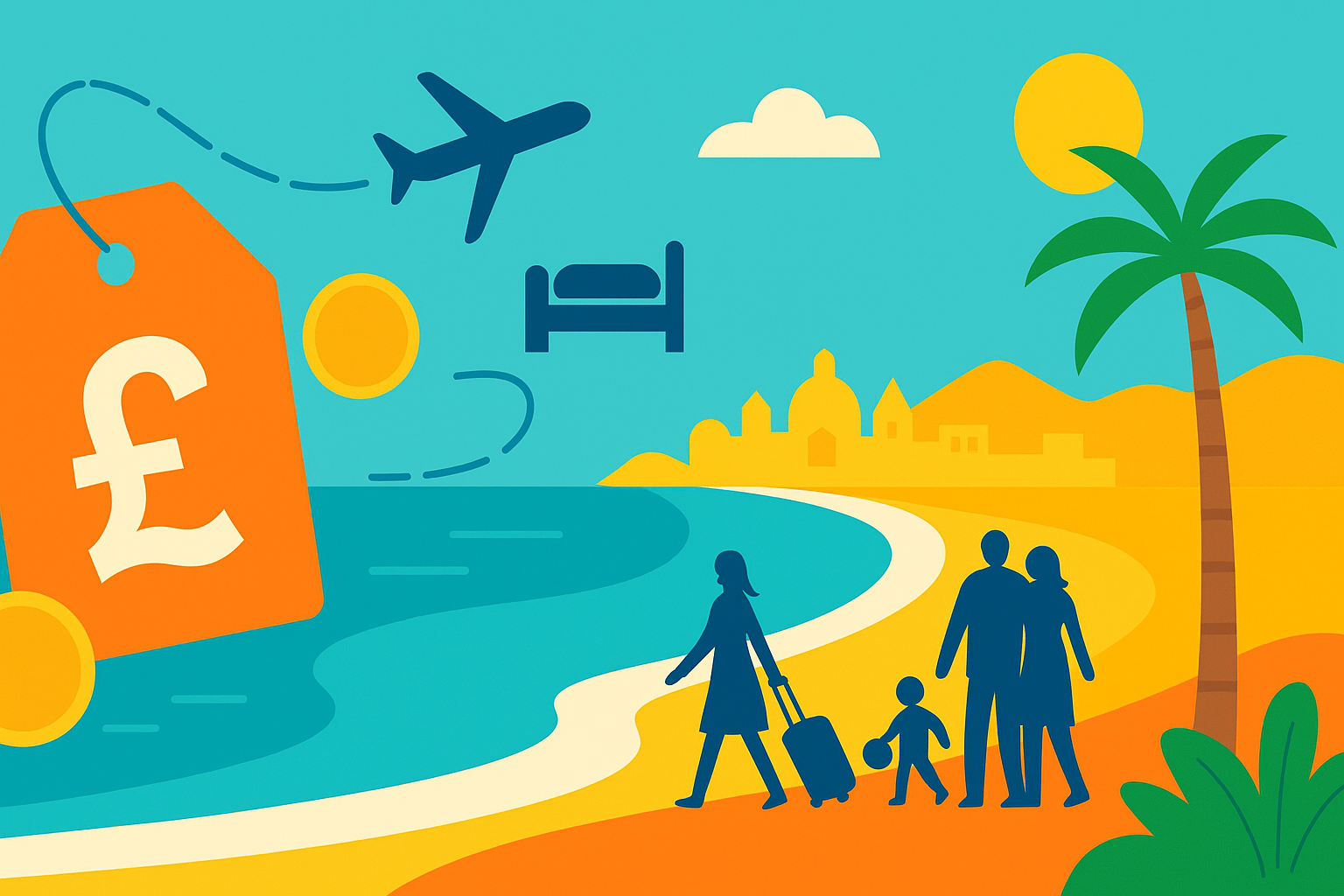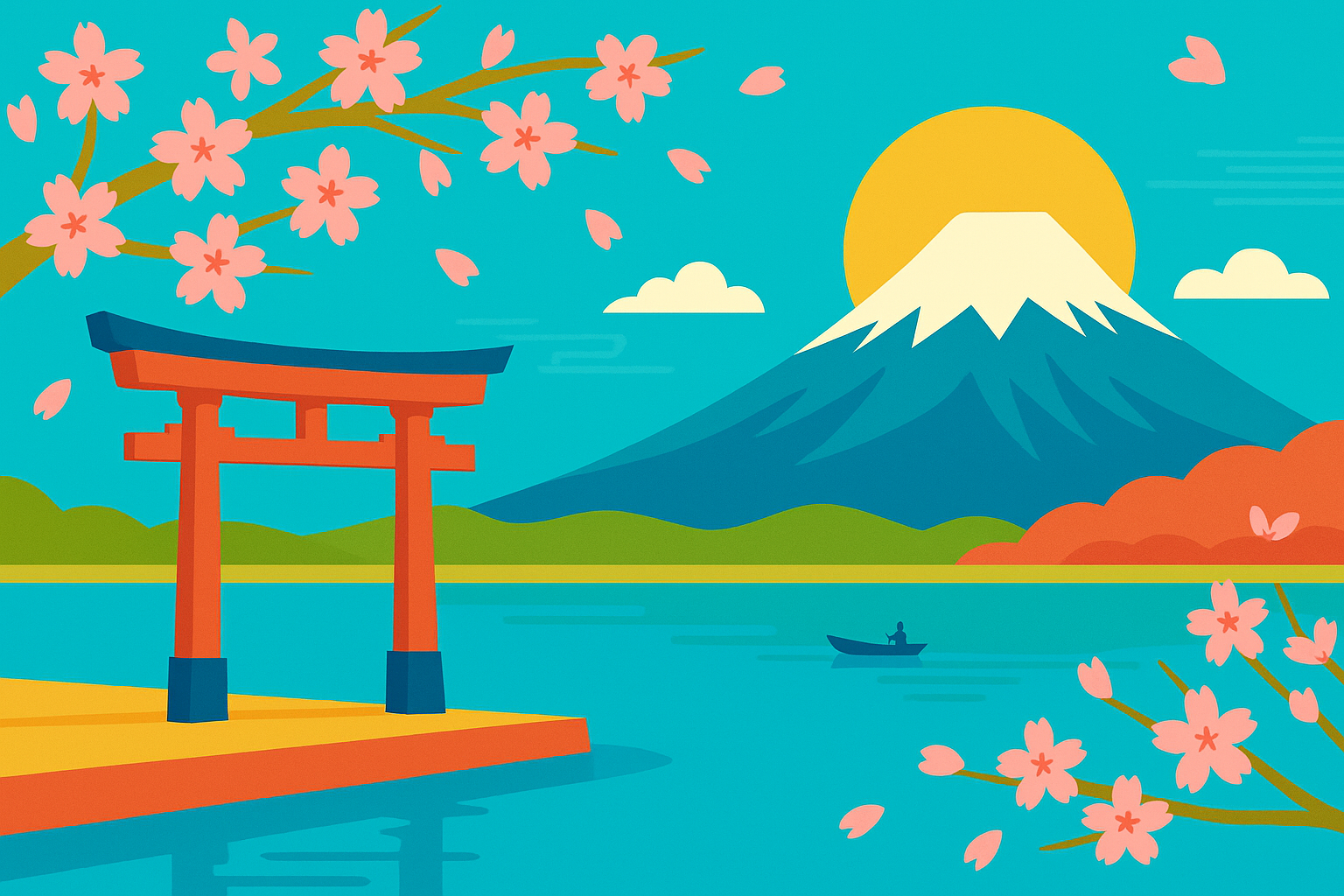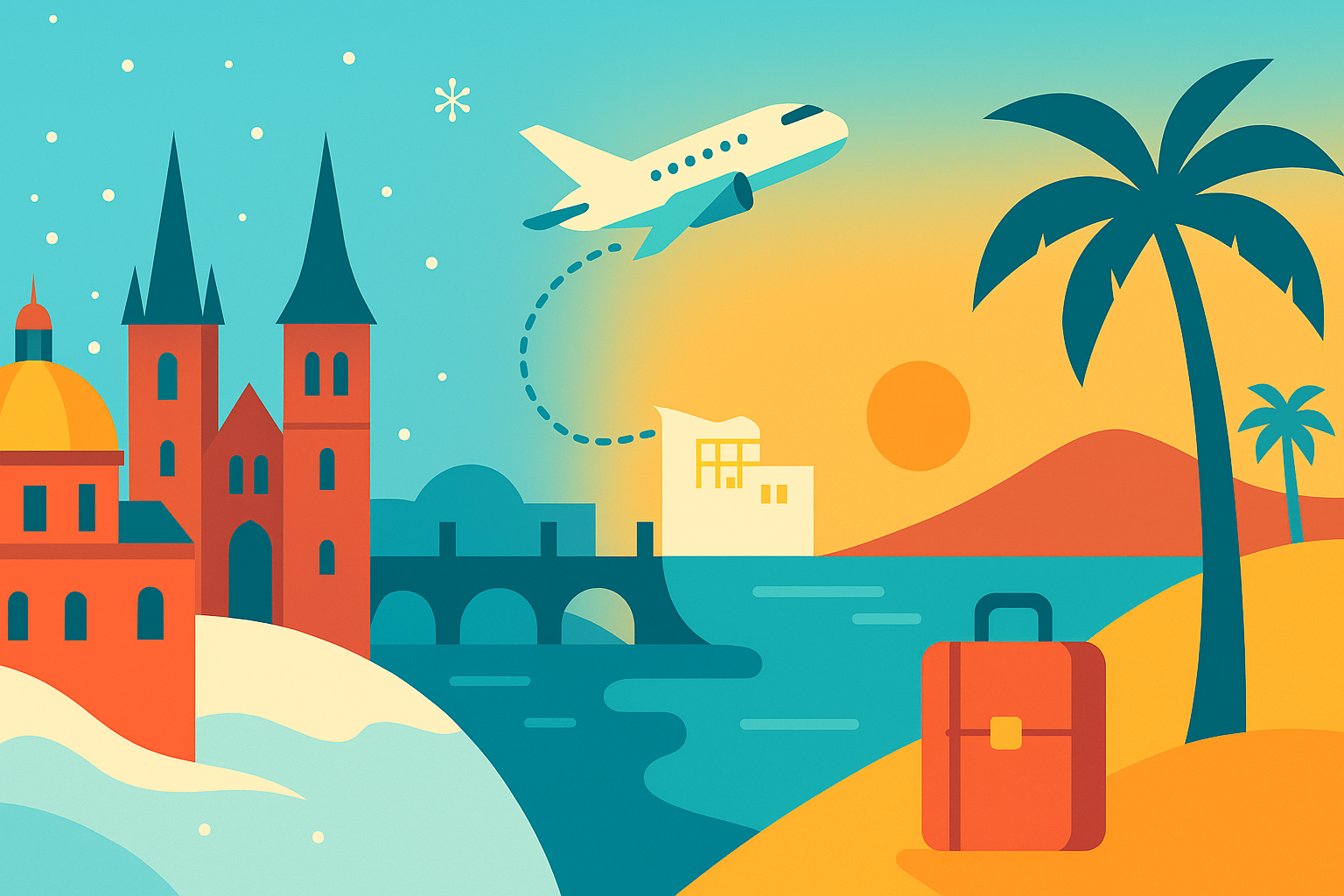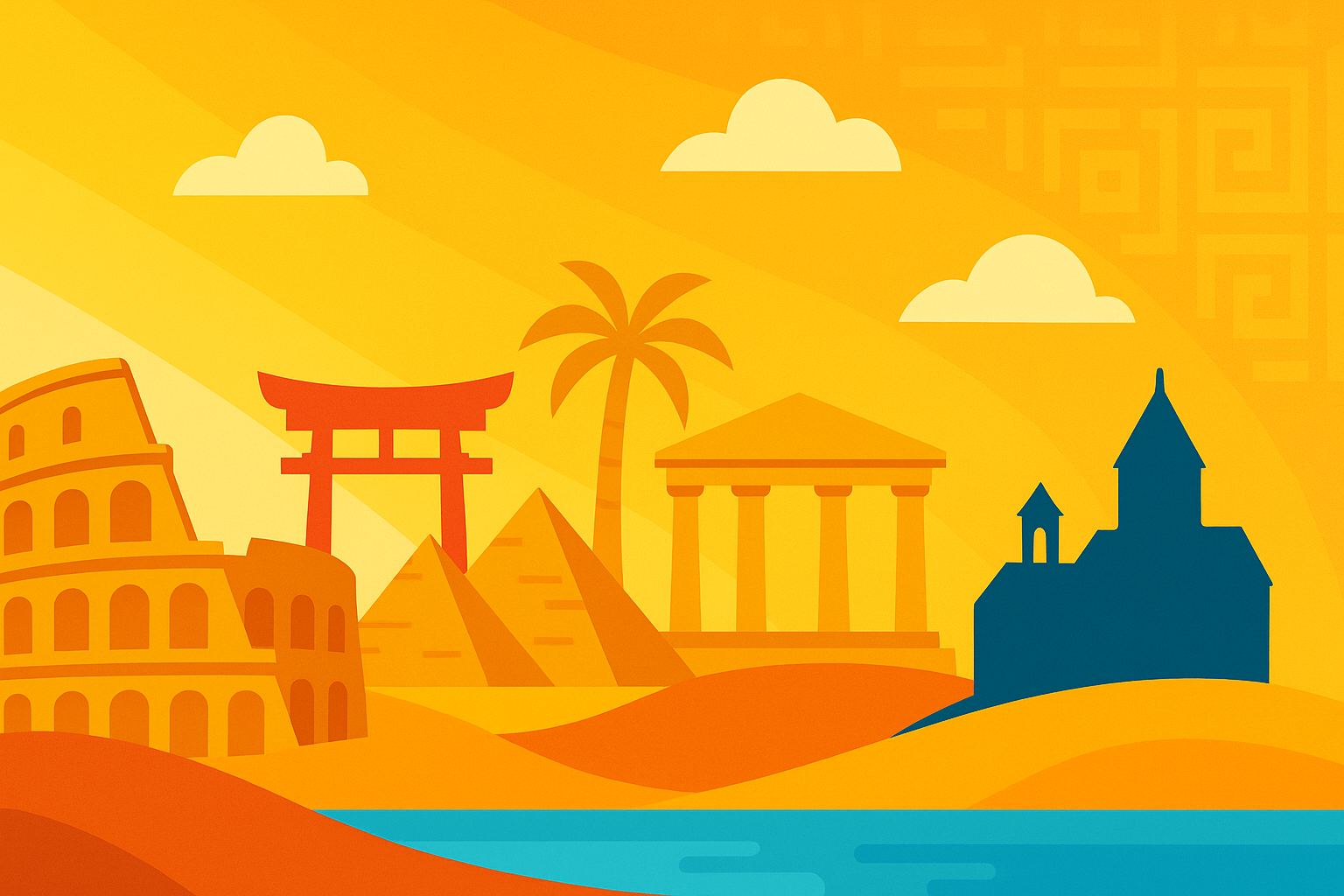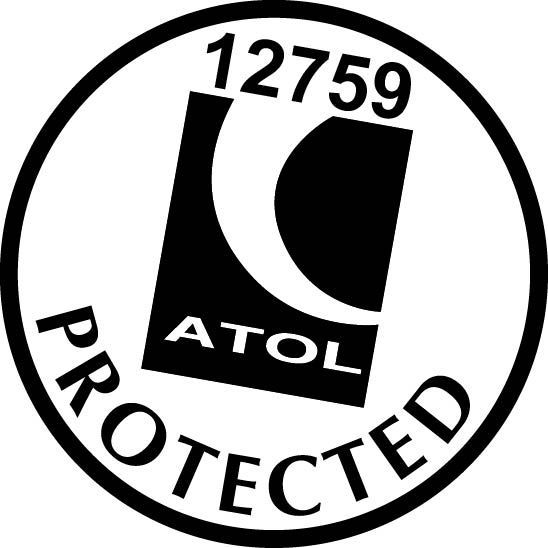Why the Inca Trail Should Be on Your Bucket List
Why the Inca Trail Should Be on Your Bucket List
Imagine standing at the Sun Gate just after sunrise, with the clouds lifting to reveal the ancient city of Machu Picchu glowing beneath you. This isn’t just a holiday photo op. It’s a moment of stillness, reward, and wonder that few travel experiences can match. If you’re thinking about a meaningful adventure, Inca Trail hiking should be at the top of your bucket list.
This legendary trail through the Peruvian Andes blends epic natural scenery with deep historical roots. It’s not just a hike; it’s a journey through time. With every step, you walk in the footprints of the Incas, following a route once used for spiritual pilgrimage.
If you're ready for a travel experience that challenges, moves, and changes you, this one's worth every step.
The Allure of Inca Trail Hiking
What makes Inca Trail hiking stand out from other world-famous treks? For one, it's the only way to approach Machu Picchu through the iconic Sun Gate, giving you a privileged first view. The trail is also dotted with remote archaeological sites that can only be reached on foot. These hidden gems offer moments of calm and insight that the train route can’t provide.
You’ll travel through cloud forests, alpine tundra, ancient staircases, and terraced ruins — all leading to one of the most iconic sites in the world. It's a physical and emotional reward that stays with you for life.
A Brief History of the Inca Trail
The trail itself is over 500 years old and was part of a vast network known as the Qhapaq Ñan. This road system connected the Inca Empire across thousands of kilometres. While Machu Picchu is the endpoint, the journey along the trail is just as captivating.
The Incas built temples, farming terraces, and shelters along the way. These structures were designed with astronomical and religious significance. As you hike, you gain a new appreciation for their engineering, foresight, and deep connection to the land.
When to Go Inca Trail Hiking
The trail is open from March through January, but timing matters. May to September is dry season, making it the best time for clear skies and steady conditions. June and July are popular, so book early if you want a place on the trail.
Wet season runs from November to February, with the trail closed in February for maintenance. While the rainy months can offer quieter experiences, you’ll need to be prepared for muddy terrain and reduced visibility.
Is It Hard? Understanding the Challenge
Let’s be honest. Inca Trail hiking isn’t a casual stroll. It's a four-day trek that covers nearly 26 miles. You’ll reach altitudes of over 4,200 metres. That means thin air and unpredictable weather.
That said, it’s absolutely achievable for people with a moderate level of fitness. Training beforehand helps. Focus on cardio, stair climbing, and walking with a weighted pack. Acclimatisation days in Cusco before you set off are essential to avoid altitude sickness.
You don’t have to be an athlete. You just need determination, preparation, and the right support.
What You See Along the Way
This isn’t just about the destination. The trail itself is a living museum. You’ll visit remarkable sites including:
- Llactapata: A vast terraced complex often overlooked by day-trippers.
- Runkurakay: A circular lookout post perched high in the mountains.
- Sayacmarca: A cliffside settlement with intricate stone pathways.
- Phuyupatamarca: Known as the “Town Above the Clouds,” with astonishing views.
- Wiñay Wayna: A prelude to Machu Picchu, with cascading terraces and sacred energy.
The views shift with every mile. One moment, you're above the clouds. The next, you're immersed in lush forest. You feel part of something much bigger than yourself.
Where to Stay Before and After
Most treks begin and end in Cusco, the former Inca capital and a UNESCO-listed city.
One standout option is Palacio del Inka, a Luxury Collection Hotel. Set in a 500-year-old mansion, it blends colonial architecture with modern comfort. Expect rich wood accents, historic stonework, and a spa that helps your body recover post-hike.
Ask us about exclusive offers on hotels in Cusco and Sacred Valley. We work with a wide range of trusted partners and have access to some great rates for our clients.
Permits and Planning
Access to the trail is limited to 500 people per day, including guides and porters. Learn more about the official Inca Trail route and rules on Peru’s tourism website. That means permits sell out quickly, especially during high season.
Book your trek at least 6 months in advance. Permits are non-transferable and non-refundable. We help you navigate this process to ensure your place is secured without hassle.
You'll also need to factor in your equipment, porters, acclimatisation, and dietary requirements. We handle all the logistics for you.
Your Safety and Protections with Jamie Wake Travel
When you book your Inca Trail hiking experience with Jamie Wake Travel, you're not just securing a holiday. You're securing peace of mind.
We're proud members of Protected Trust Services (PTS) and hold an ATOL licence, which protects your money in the unlikely event of supplier failure or airline issues. All our tailor-made holidays include Supplier Failure Insurance (SFI) and Scheduled Airline Failure Insurance (SAFI) as standard.
You never need to worry about financial protection, even for complex itineraries. From your flights to your trek, we make sure you're covered every step of the way.
Jamie Says:
"The Inca Trail is more than a hike. It’s a journey through history, culture, and yourself. We’ve helped so many travellers make this dream come true, and each time it reminds us why we do what we do."

Tips for Making the Most of Your Inca Trail Hiking Experience
- Train in advance: Build stamina and get comfortable carrying a daypack.
- Pack light: Porters carry your main gear, but you'll need essentials like water and sunscreen.
- Layer smart: Temperatures vary dramatically, especially at night.
- Listen to your body: Take breaks and don’t rush. Acclimatisation is key.
- Use reputable guides: We only work with trusted operators who prioritise your safety and the wellbeing of local communities.
Alternative Routes and Custom Options
If you’re looking for something different, consider:
- The Lares Trek: A quieter route through remote villages.
- Salkantay Trek: A more rugged challenge with glacier views.
- One-day Inca Trail: For those short on time but still eager to enter Machu Picchu via the Sun Gate.
We tailor every itinerary to your needs. Let us know your interests, time frame, and comfort level, and we’ll plan the rest.
Why This Trek Is Worth It
It’s not the easiest journey, but that’s part of its magic. Inca Trail hiking connects you to the land, its people, and your own limits. The moment you arrive at Machu Picchu, it all becomes worth it. It’s not just about the photo. It’s about the pride, clarity, and wonder that come with earning it.
Inca Trail Hiking for Cultural Connection
What makes the Inca Trail special isn’t just the scenery or challenge. It’s the cultural thread that ties it all together. Every village you pass, every Quechua porter you meet, and every stone you step on has a story to tell.
You’ll witness how ancient beliefs still shape life in the Andes. Local guides often share their personal family links to the trail, giving you an insider’s perspective that goes far beyond a guidebook.
This trail isn't just preserved history. It's living culture. Respecting that by travelling responsibly is part of what makes the experience so meaningful.
Supporting Local Communities on the Trail
When you book with an ethical travel provider, your holiday can do more than fulfil your bucket list dreams. It can support Quechua communities that live and work along the route. That includes the porters, chefs, guides, and their families.
Jamie Wake Travel only partners with licensed operators who pay fair wages and treat their teams with dignity. Many also contribute to education, healthcare, and conservation projects in the Sacred Valley.
Choosing the right trek isn’t just about the views. It’s about the impact you leave behind.
What to Eat on the Inca Trail
You might be hiking, but you won’t go hungry. On a fully guided Inca Trail hike, you’ll enjoy hot, hearty meals at every stop. Breakfasts include pancakes, porridge, and eggs. Lunches and dinners range from quinoa stews to grilled chicken and fresh vegetables.
Porters often carry full kitchen kits, and chefs trained in high-altitude cooking make the most of local produce. Vegetarian, vegan, and gluten-free options are available with advance notice.
Nothing tastes better than a warm meal after a tough climb.
The Magic of the Sun Gate
The final morning of the Inca Trail starts early. Before dawn, you’ll trek the last stretch to reach Inti Punku, the Sun Gate. As the light breaks, Machu Picchu comes into view — bathed in golden light and framed by mountain peaks.
This moment is quiet, emotional, and unforgettable. For many, it’s the highlight of the trip. You arrive before the tourist crowds, giving you time to take it all in.
Photos can’t quite do it justice. You have to earn this view to understand it.
Extend Your Trip Beyond Machu Picchu
After completing the Inca Trail, most travellers aren’t quite ready to go home. There’s so much more of Peru to explore.
Some popular extensions include:
- Lake Titicaca: Visit floating reed islands and meet the Uros people
- The Amazon Rainforest: Fly to Puerto Maldonado and stay in a jungle lodge
- Arequipa and the Colca Canyon: See condors soar above one of the deepest canyons in the world
- Lima: Explore Peru’s capital and try world-class food in Miraflores or Barranco
We tailor your post-hike journey to suit your style — whether it’s slow-paced relaxation or more adventure.
A Few Packing Essentials You Shouldn’t Forget
To get the most out of your trek, pack smart. Here are a few things travellers often forget:
- Lightweight walking poles (essential for steep descents)
- Power bank for charging phones or cameras
- Packable rain poncho (weather changes fast)
- Flip-flops or slides for camp comfort
- Lip balm with SPF (the sun is stronger than it feels)
We provide a full packing checklist when you book your Inca Trail hiking holiday through Jamie Wake Travel.
How Inca Trail Hiking Compares to Other Iconic Treks
You might be wondering how the Inca Trail compares to other famous hikes around the world. Is it really worth the effort? Let’s take a quick look.
- Everest Base Camp takes you higher, but doesn’t lead to an archaeological wonder.
- The Camino de Santiago offers history, but lacks the physical challenge and mountain scenery.
- The Tour du Mont Blanc provides sweeping alpine views, but fewer cultural touchpoints.
What sets the Inca Trail apart is its perfect blend of nature, culture, and accomplishment. You get everything in one trek — challenging terrain, fascinating ruins, rich biodiversity, and a world wonder at the end.
The path itself feels sacred. The journey becomes more than sightseeing; it’s a rite of passage.
And unlike other treks, you don’t just arrive at Machu Picchu — you earn your arrival. That first glimpse through the Sun Gate is deeply emotional. It’s the kind of moment that gives you goosebumps.
Ask anyone who’s done it, and they’ll tell you: there’s just something about this trail that stays with you long after the blisters have faded.
For travellers looking for an adventure that’s as meaningful as it is memorable, Inca Trail hiking really does belong at the top of your bucket list.
Ready to Create Your Inca Adventure?
At Jamie Wake Travel, we do more than book holidays. We create journeys. Your Inca Trail hiking experience can be designed from the ground up to suit your pace, passions, and budget.
Call us on 01495 400005 or use the holiday enquiry form on our website. You can even use the search function on every page of the Jamie Wake Travel website to build your own custom itinerary.
Whether you want a completely hands-off experience or just need help choosing the right route, we’re only a message or call away.
We’re here to help you create holidays as unique as you are.
Frequently Asked Questions
What is Inca Trail hiking?
Inca Trail hiking is a multi-day trek through the Andes that leads to Machu Picchu, passing several ancient Inca ruins along the way.
Do I need a permit for Inca Trail hiking?
Yes, permits are mandatory and limited. Booking early ensures you get a spot.
How long does the Inca Trail hike take?
The classic route typically takes four days and three nights.
What is the best time of year for Inca Trail hiking?
May to September offers the best weather, with dry and clear conditions.
Is the Inca Trail difficult?
It’s moderately challenging, but preparation and pacing make it accessible.
Can I do Inca Trail hiking solo?
No, solo hiking is not allowed. You must go with a licensed tour provider.
What should I pack for Inca Trail hiking?
Essentials include walking boots, layers, sun protection, water bottle, and snacks.
Are there toilets on the trail?
Basic toilet facilities exist at campsites. We recommend bringing personal hygiene supplies.
How do I prepare for the altitude?
Spend a few days in Cusco before the trek and stay hydrated.
Can I customise my trip to include other parts of Peru?
Yes. We tailor-make your entire experience, from city stays to Amazon rainforest add-ons.
